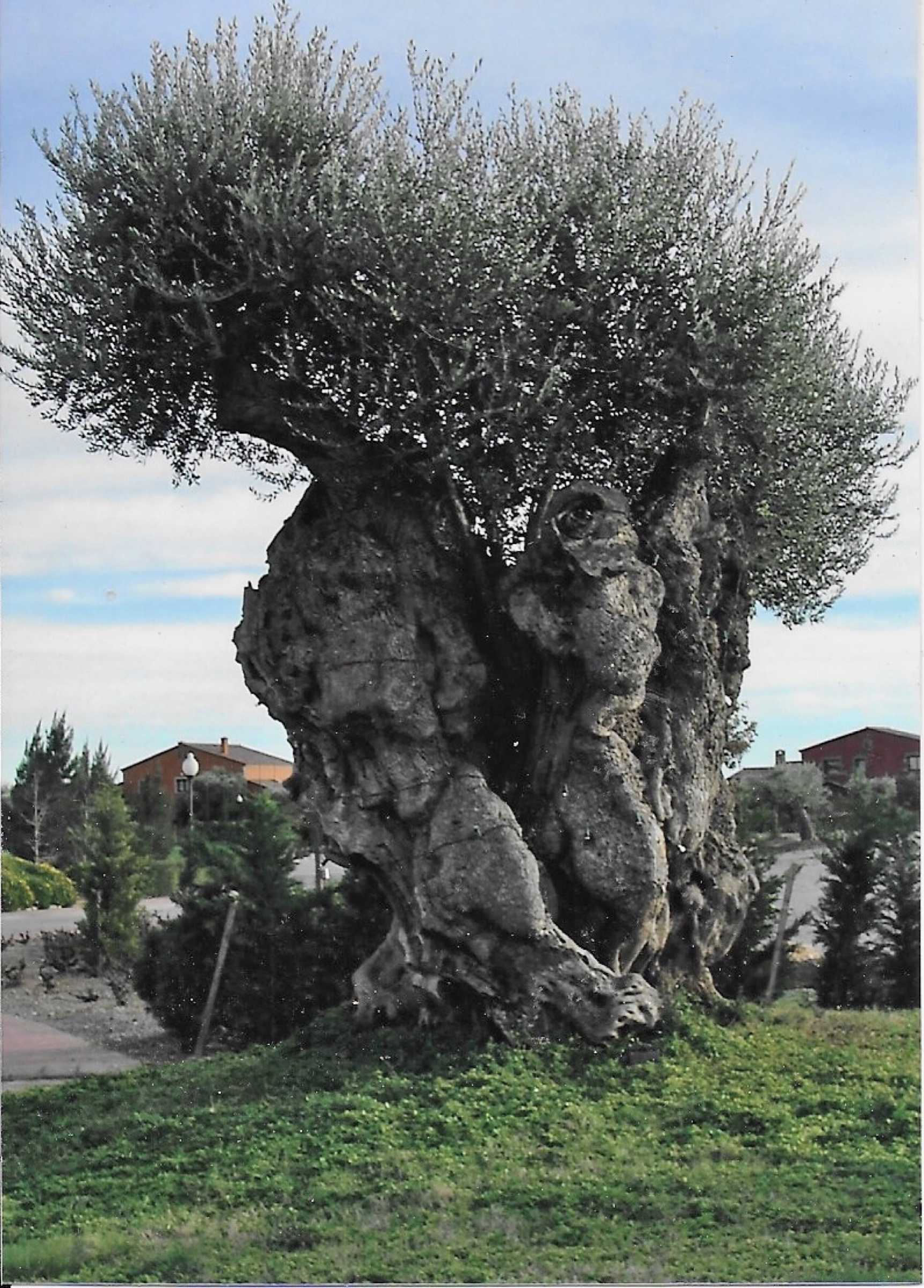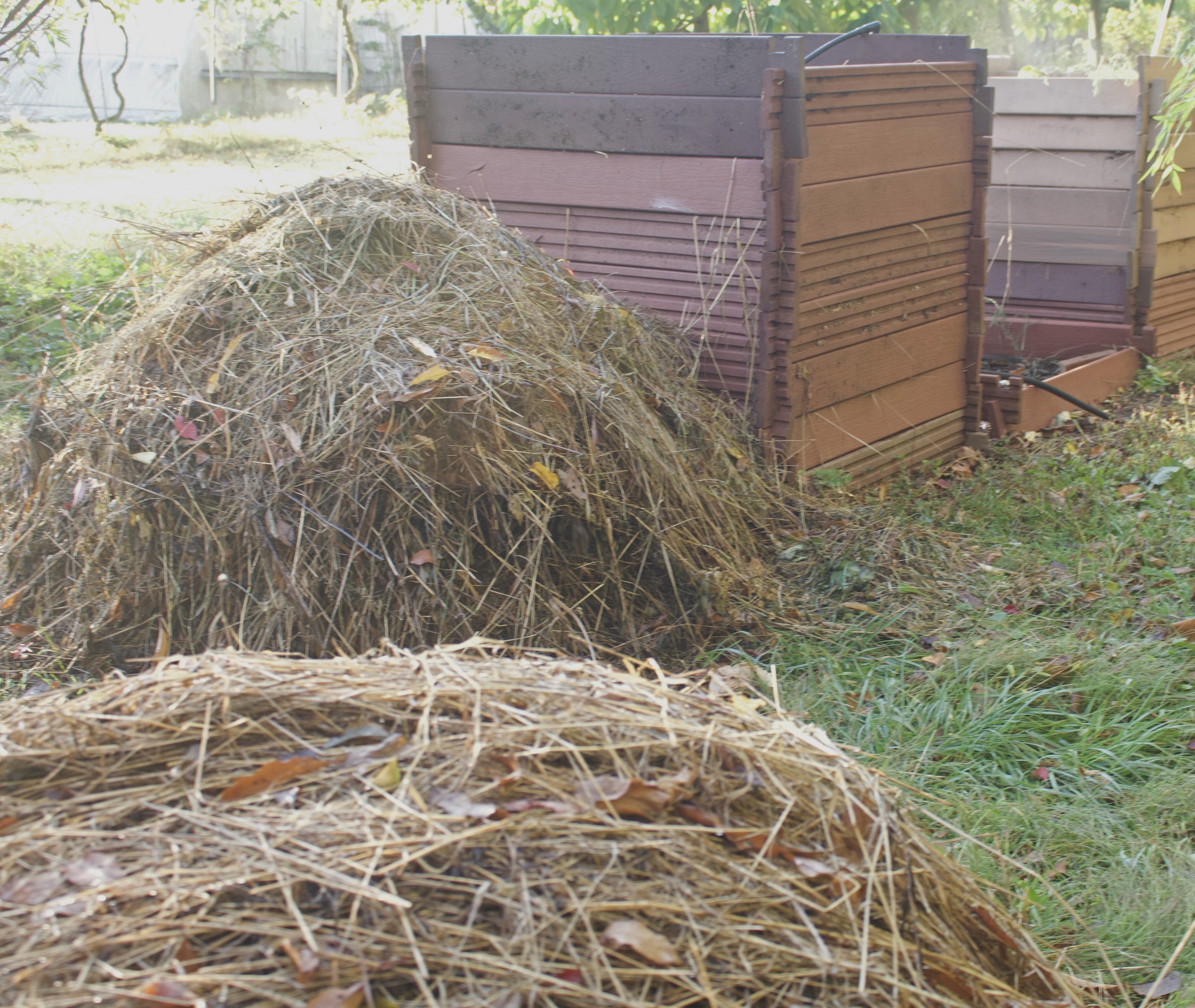O OLIVE TREE, O OLIVE TREE, HOW LOVELY ARE . . .
/6 Comments/in Fruit/by Lee ReichConsider the Olive
I’m not suggesting that olive trees should elbow out spruces, firs, and other conifers that are our traditional Christmas trees. Still, an olive tree symbolizes peace and is a tree you actually would find growing in Jerusalem, so is an appropriate accompaniment to the holiday season.
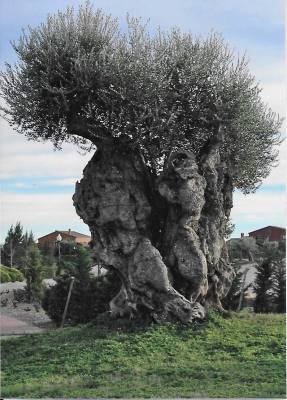
Old olive tree in Spain
Even if you’ll never see strings of light bulbs corralling cut olive trees together on bare lots of land the way they do cut Christmas trees, you could Read more
INTERMENT, BUT NOT DEATH
/14 Comments/in Fruit/by Lee Reich(The following is from my book GROWING FIGS IN COLD CLIMATES)
The Warm Earth
I buried two fig plants a few days ago. No, not because they died. The reason was night temperatures occasionally dipping into the low ‘teens (13°F, to be exact, on December 4th), which is just about the limit for fig stem survival. If the stems die from cold, there’ll be no fig harvest from them them next summer.
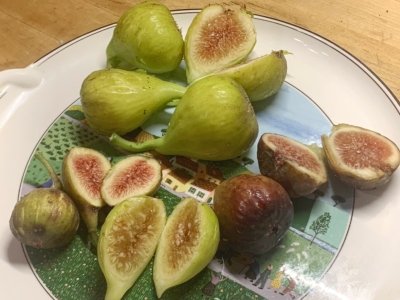
Last summer’s figs
So what’s the connection with cold and burying the plants? The ground is a repository of heat; dig a few feet down Read more
MUCKRAKING, THE GOOD KIND
/14 Comments/in Soil/by Lee ReichMany Meanings
“Muck” has some bad connotations. Among dictionaries’ definitions are such synonyms as “dirt,” “rubbish, or, worse, “slimy dirt or filth.” But that’s only part of the story. Especially across the Atlantic, muck is more aligned with “manure” or the diggings from soil especially rich in organic matter. (I once had, perhaps still have if I can find it, an older British gardening book all about muck.)
Muck, let’s use the Britishism, is really wonderful stuff. Plant roots revel in this fluffy material, and the result is dazzling flowers, luscious fruits, and cushiony, green lawns. I prefer the word “humus” to muck, but two people I questioned thought that humus (pronounced HEW-muss) was a Middle Eastern appetizer (which is hummus, pronounced HUH-miss). Another name for muck could be “soil organic matter” but seems too vapid for this dark, moist stuff that is seething with nutriment and life. Compost is a form of muck.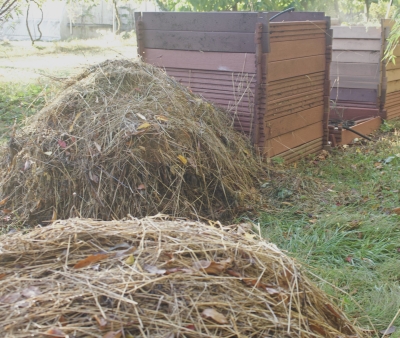
Leaves have fallen from trees and gardens are shutting down for the season, making now an especially good time of year for, er…mucking around. Read more

